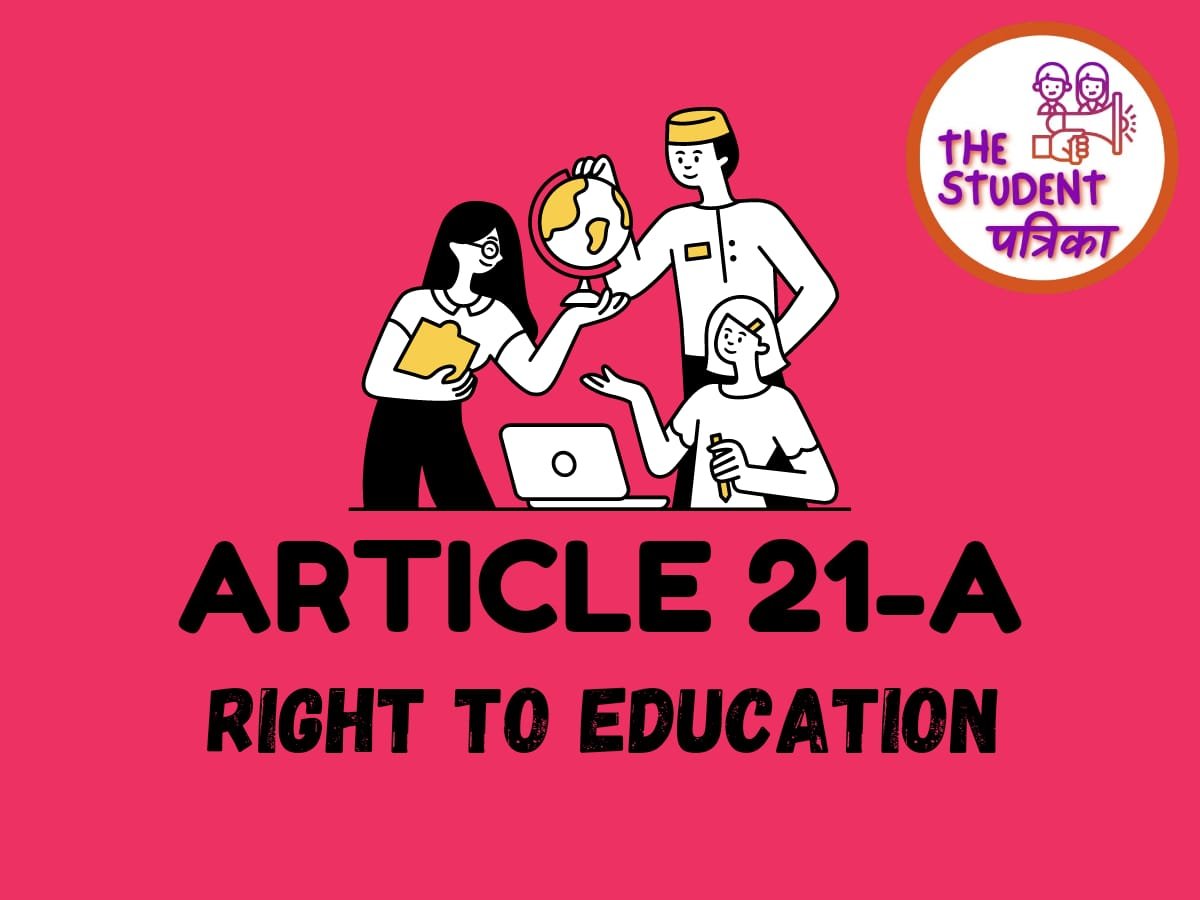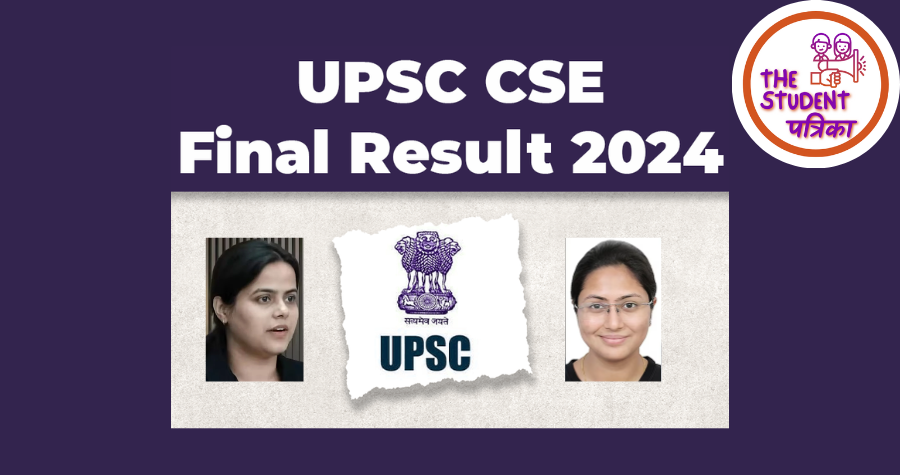
RIGHT TO EDUCATION
Article 21-A, which states that all children between the ages of six and fourteen have the fundamental right to free and compulsory education, was added to the Indian Constitution by the Constitution (Eighty-sixth Amendment) Act of 2002. Every child has the right to a full-time elementary education of satisfactory and equitable quality in a formal school that complies with certain fundamental norms and standards, according to the Right of Children to Free and Compulsory Education (RTE) Act, 2009, which represents the consequential legislation anticipated under Article 21-A.
The RTE Act and Article 21-A both went into force on April 1, 2010. The words "free and compulsory" are part of the RTE Act's title. According to the definition of "free education," no child—aside from a child whose parents have allowed him or her to enrol in a school that is not financially supported by the relevant government—shall be required to pay any kind of fee, charge, or expense that might prevent him or her from pursuing and completing elementary education. The term "compulsory education" imposes a duty on the relevant local and state governments to provide and guarantee elementary school enrollment, attendance, and completion for all children aged 6 to 14.With this, India has advanced towards a rights-based framework and the Central and State Governments are now legally obligated to implement this fundamental child right as stated in Article 21A of the Constitution in accordance with the RTE Act's guidelines.
The RTE Act outlines the following:
- Children have the right to a local school for their whole elementary education, which is free and required.
- It makes it clear that "compulsory education" refers to the relevant government's duty to ensure that every child in the six to fourteen age range receives free primary education and is required to enroll in, attend, and complete elementary school. According to the definition of "free," no child shall be required to pay any form of fee, charge, or expense that would prevent him or her from pursuing and completing basic education.
- It includes provisions for the admission of a non-admitted child to an age-appropriate class.
- The distribution of financial and other responsibilities between the Central and State Governments, as well as the roles and responsibilities of the relevant Governments, local authorities, and parents in delivering free and compulsory education, are all outlined in this document.
- It outlines the rules and requirements for, among other things, Pupil Teacher Ratios (PTRs), facilities and infrastructure, school calendars, and teacher work schedules.
- In order to ensure that there is no imbalance between urban and rural teacher posts, it ensures that the stated pupil teacher ratio is maintained for each school, as opposed to just as an average for the State, District, or Block. Additionally, it forbids the use of teachers for non-educational tasks besides those related to the biennial census, local government, state legislature, and parliamentary elections, and disaster assistance.
- It allows for the appointment of teachers who have the necessary entry-level and academic credentials, or teachers who have received the proper training.
- It forbids (a) corporal punishment and verbal abuse, (b) child admission screening practices, (c) capitation fees, (d) teacher-led private tutoring, and (e) operating schools without recognition.
- In accordance with the values embodied in the Constitution, it calls for the creation of curricula that would ensure a child's overall development, build on that child's knowledge, potential, and talent, and liberate that child from fear, trauma, and anxiety through a system of kid-friendly and kid-centered learning.










